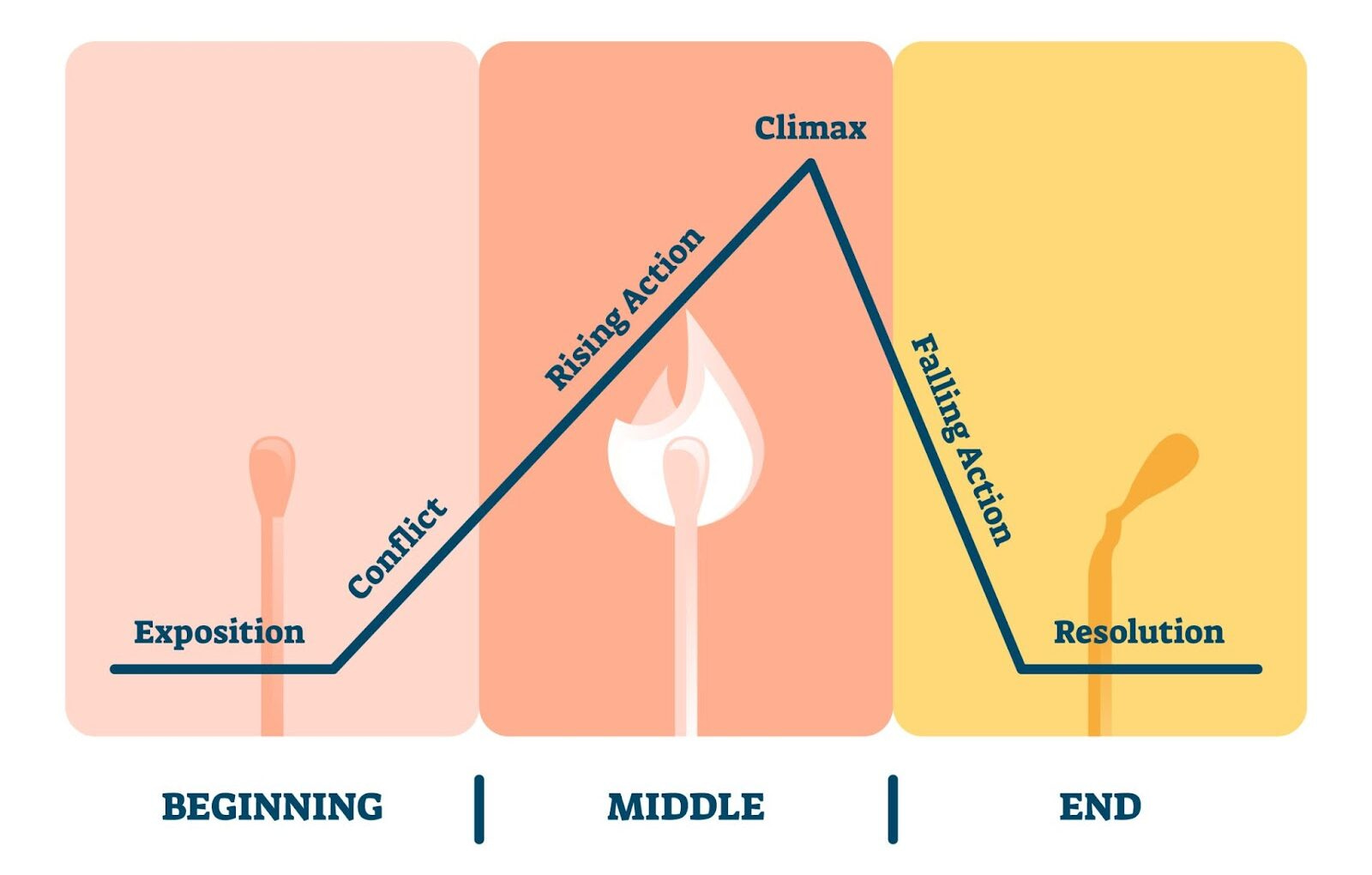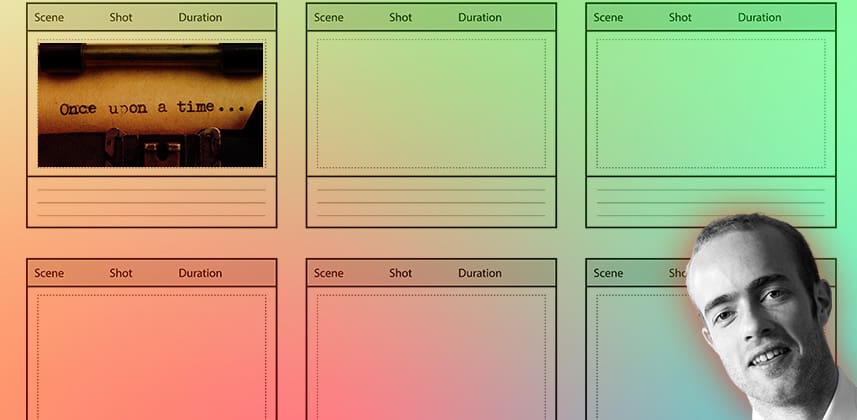What to do if you’re having difficulty ‘trusting your process’
Like a writer staring at a blank page and feeling unsure as to how best to get started, an editor can feel the same way when staring at an empty timeline. I remember many times when, starting from zero, I built the first assembly of a story from snippets of long-form documentary interviews. At the moment of that first assembly, I felt I was imposing a logical structure on the flow of ideas.
Later, I realized my first assembly was little more than a random assembly – tied together by a simple theme, maybe. But a story? It was not.
The key to being a good editor is to know how to start putting together a scene – and then taking the time to go back and be willing to restructure it completely – to create a compelling story.
Breaking through the blank (or messy) timeline
There are a lot of different approaches to breaking through that blank timeline and ‘editors block’. In this Insight, you’ll learn four tried and tested techniques to start editing a ‘scene’ and a final technique that’s excellent for tightening things up.
You can apply these techniques to just about any narrative, from a corporate sizzle reel to a YouTube explainer to a feature-length film.
As you read through these, if there are a few you use all the time, then the next time you’re in a rut, pick a technique that’s new to you to jump-start your creative engine.
You’ll also find that each technique lends itself to different stages of your edit. Switching between them can be enjoyable, creatively – especially if you do this with intention.
5 Ways to Edit a Scene
- Focus on the Beginning, Middle, End
- Focus on the Defining Moment First
- In Triplicate – The Tim Squyres Technique
- Forget about starting the scene, you’ll get back to it
- Edit Like It’s A (Wrap) Party
Strategy #1 – Focus on the Beginning, Middle, and End

Most narrative structures have a beginning, a middle, and an end. Whether it is a 30-second viral Tik Tok video or a long-form piece for TV. That overall narrative structure will, in fractal form, break down into sequences with a beginning, a middle, and an end. And those three overall sequences will usually break down into their own beginning, middle, and end.
Sometimes it helps to think of your beginning, middle, and end as:
- At first… (beginning)
- But then… (middle)
- Therefore… (end)
Each part should do something to move the scene along, adding a complication, or a counterpoint or a new detail that then drives us towards the ending point. This narrative structure is the essential building block of almost all story. But just because it’s simple, don’t underestimate its power!
Defining these ‘story beats’ clearly and getting the right clips/shots/moments to express each of those three structural pieces clearly and concisely is often (much) harder than it seems.
The built-in advantages of scripted content
If you’re working in scripted content, hopefully, these beats have been established in the script or treatment by the screenwriter. However, changes to the scene (either on-set, in post production, or through performance) may require you need to re-think what are the new beginning, middle, and end (see Techinque #5 for more on scene transitions).
The built-in challenges of documentary-style content
If you’re presented with a bunch of footage and asked to ‘make something’, as I often am, the temptation is to just throw things in the timeline. Or take everything you have and slowly whittle it down to the most interesting parts. But with this process, you can easily end up with a couple of different middles, one or two possible endings and no clear beginning thought.
Editing the scene after you’ve done your first pass
After you’ve made our first rough cut you need to take stock: Do you have all the pieces of the story? If so, are they in the wrong (or proper) order? If you’re still in the throwing footage together stage or the whittling down stage, then occasionally pause to ensure you have grouped your content into the three parts of story.
A tip to help you determine the three story parts of the scene you’re working on
On paper (yes, get off the computer for a few minutes) and write down these words (leave plenty of blank vertical space between them):
- At first…
- But then…
- Therefore..
Now, fill in what you think is the beginning, the middle, and the end of your scene. Then, version out the timeline and rearrange your footage to match what you wrote down. It’s really that simple! But simplicity takes discipline!
Strategy #2 – Focus on the Defining Moment First
Member Content
Sorry... the rest of this content is for members only. You'll need to login or Join Now to continue (we hope you do!).
Need more information about our memberships? Click to learn more.
Membership optionsMember Login


